Europe’s rivers are more than just bodies of water; they’re living threads that weave through history, culture, and nature. When we talk about the longest rivers in Europe, we’re not just listing names – we’re celebrating centuries of civilization, witnessing breathtaking landscapes, and uncovering local legends. TravelersNetwork has compiled an in-depth guide to Europe’s ten longest rivers, guaranteed to inspire your next great adventure. So pack your bags, grab your maps, and let’s set sail on a journey through the heart of Europe!
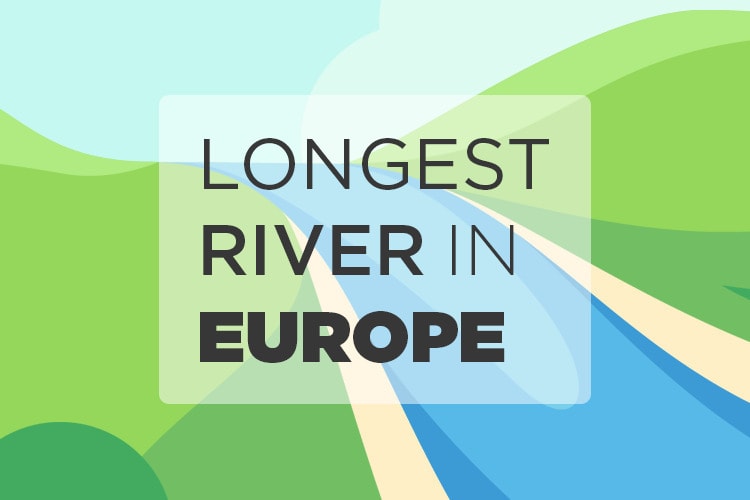
1. The Volga River (3,692 km) – Russia’s Lifeline
The Volga River isn’t just Europe’s longest river; it’s Russia’s pride and cultural backbone. Stretching over 3,692 kilometers, it originates in the Valdai Hills northwest of Moscow and empties into the Caspian Sea. The Volga is home to ancient towns like Kazan and Volgograd, where travelers can enjoy a mix of modern and medieval vibes, rich Russian architecture, and vibrant festivals.
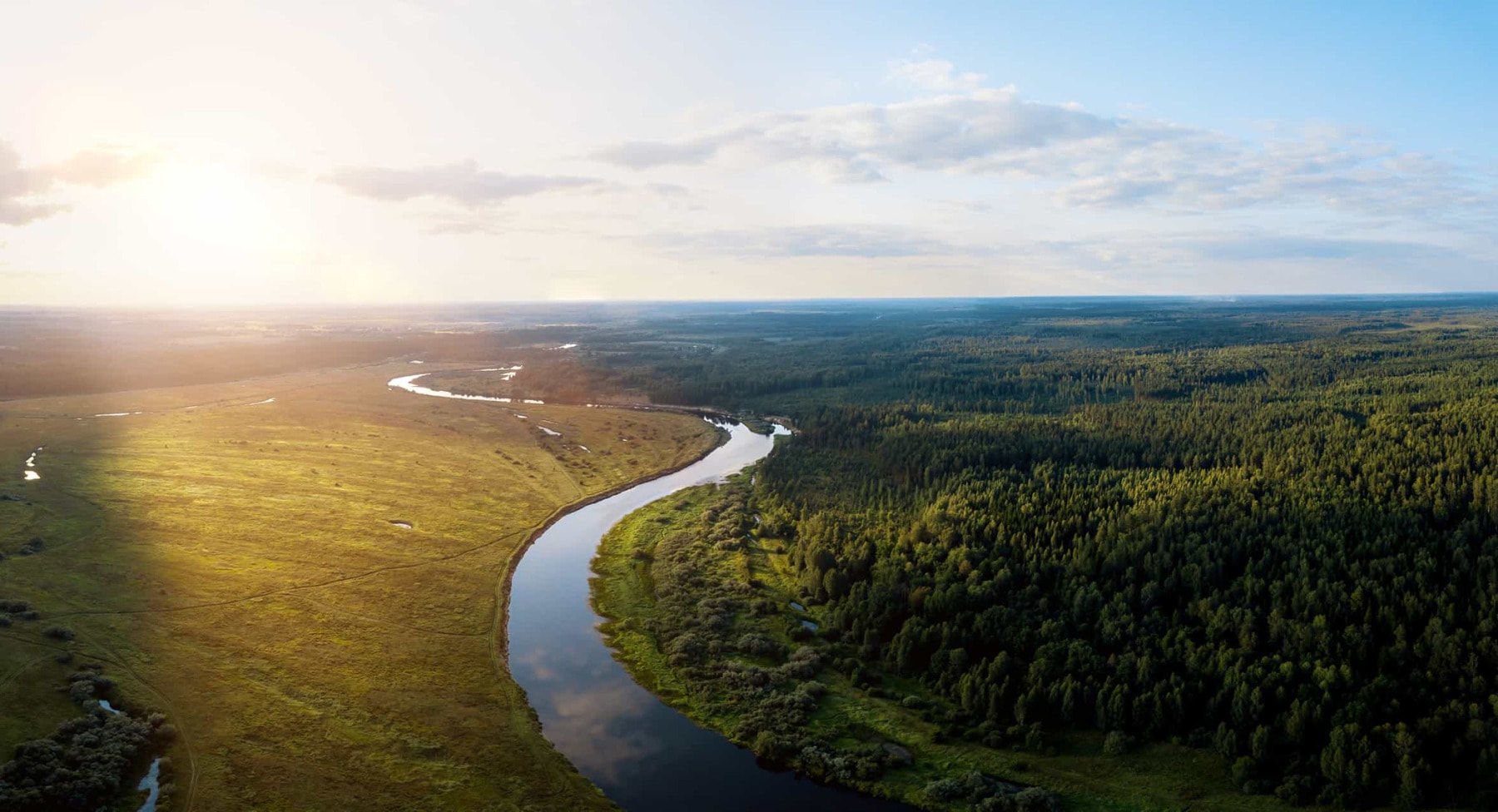
For travelers, a Volga cruise offers a unique look into Russia’s heart, complete with panoramic views, traditional Russian music, and historic sites dotting its banks. Locals call it Mother Volga for a reason – it’s the river that shapes both the landscape and culture of Russia.
2. The Danube River (2,860 km) – Europe’s Cross-Cultural Bridge
The Danube is famous for connecting more countries than any other river in the world – ten nations in total! Starting in Germany’s Black Forest, it flows 2,860 kilometers to the Black Sea, passing through Vienna, Budapest, and Belgrade.
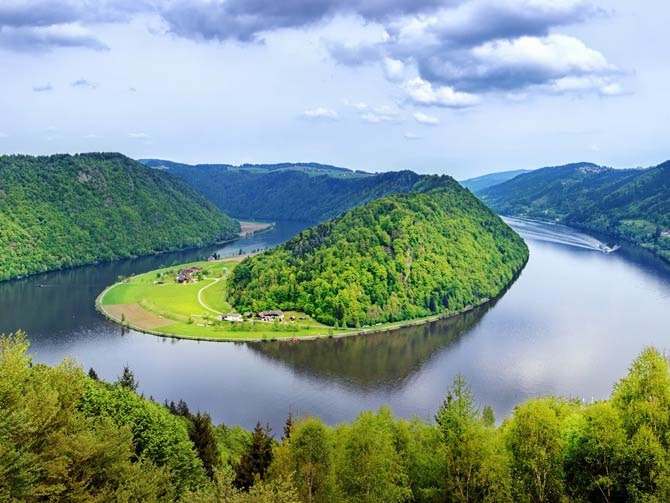
TravelersNetwork loves the diversity of the Danube. From cycling along the Danube Bike Path in Austria to sipping wine in Hungary’s riverfront vineyards, this river invites you to experience Europe in all its forms. Each region offers unique cuisine, architecture, and festivals. No two stretches of the Danube are alike, making it an ideal river for the ultimate European tour.
3. The Ural River (2,428 km) – The European-Asian Divide
Running 2,428 kilometers from Russia into Kazakhstan, the Ural River marks part of the boundary between Europe and Asia. This lesser-known gem offers adventurers a raw, untamed landscape, with miles of untouched forests, steppe regions, and rare wildlife.
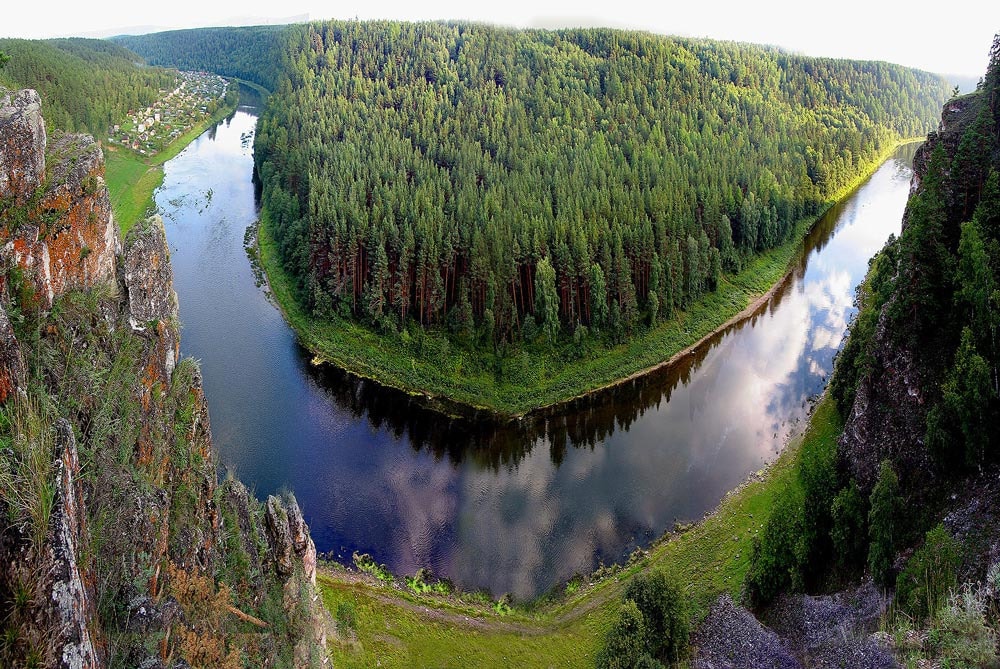
For those who love off-the-beaten-path destinations, the Ural’s winding path through sparsely populated areas promises an authentic encounter with nature and solitude. Fishermen and nature photographers flock to the Ural for its rich biodiversity and scenic, rugged beauty.
4. The Dnieper River (2,290 km) – Ukraine’s Heartbeat
The Dnieper River spans 2,290 kilometers, flowing from Russia through Belarus and Ukraine, eventually reaching the Black Sea. For Ukrainians, the Dnieper holds deep national significance and is celebrated in many poems, songs, and folk tales.
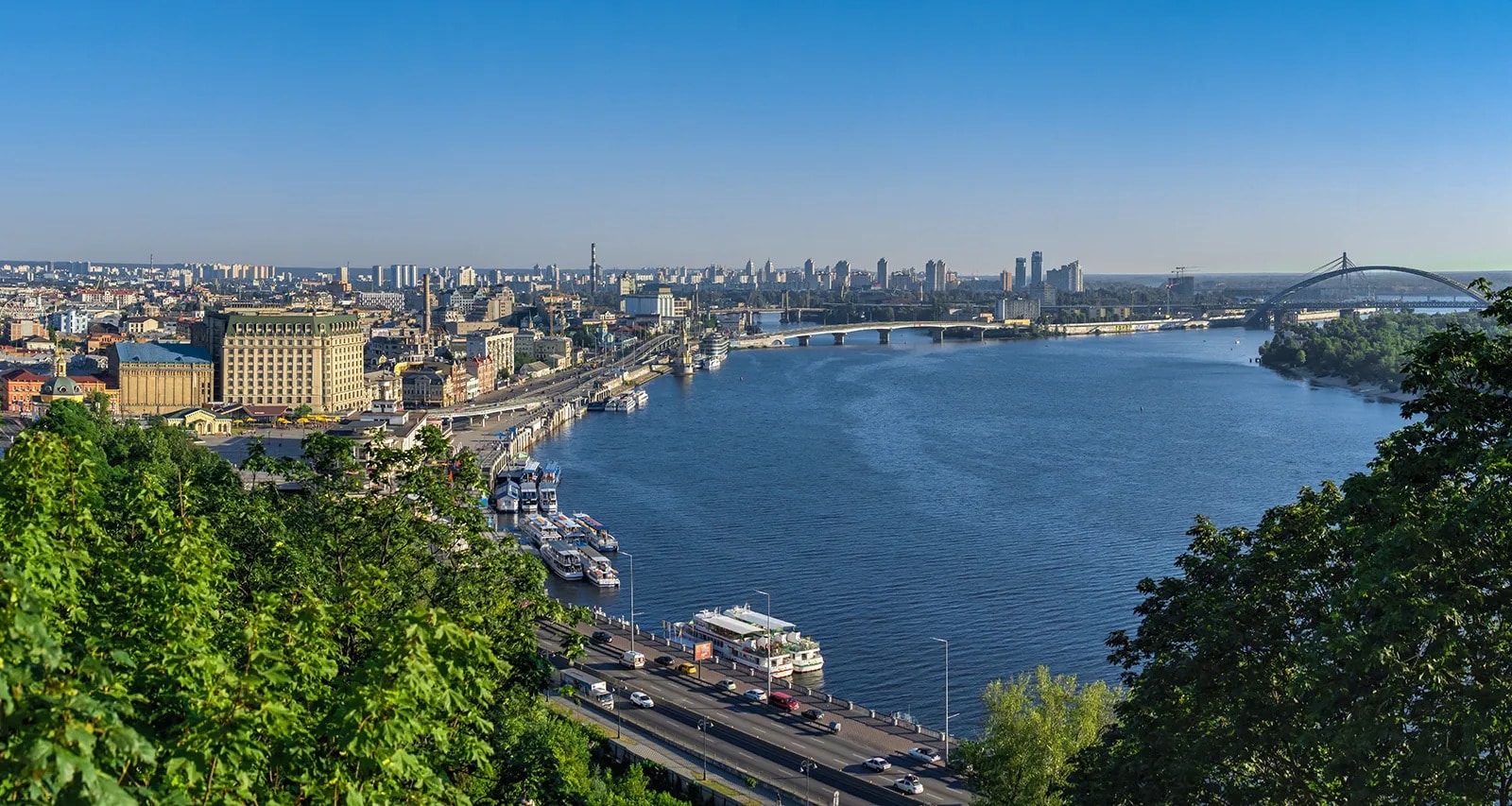
Along its banks, you’ll find historic cities like Kyiv and Dnipro. Travelers will enjoy exploring Kyiv’s cultural gems, from St. Sophia’s Cathedral to bustling street markets. The Dnieper offers endless sightseeing opportunities with cruises that reveal scenic river islands, sprawling parks, and Ukraine’s vibrant city life.
5. The Don River (1,950 km) – The Quiet Giant
The Don River flows 1,950 kilometers through Russia, offering scenic rural landscapes and a glimpse into traditional Russian life. It’s often overshadowed by the Volga, but the Don holds its own charm, especially for those interested in quiet countryside settings and Russian history.
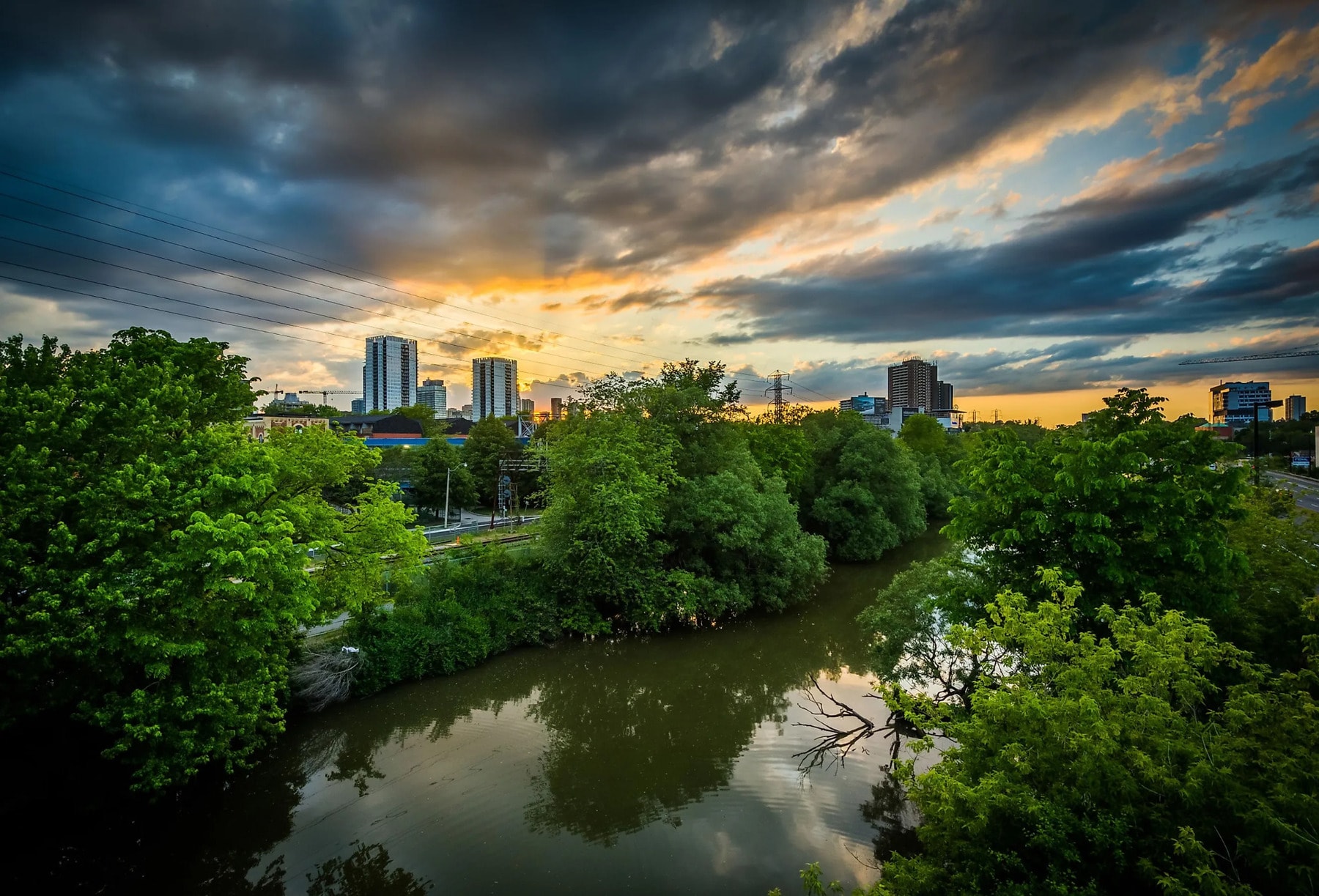
For history buffs, the Don has served as a major trade route and battleground over centuries, especially during the Mongol invasions and World War II. Along its banks, you’ll find charming towns like Rostov-on-Don, where time feels like it slows down, and traditional Russian hospitality shines.
6. The Pechora River (1,809 km) – Russia’s Northern Wilderness
The Pechora River might not be on every traveler’s radar, but it should be! Winding 1,809 kilometers through Russia’s far north, this river promises a truly unique experience in the remote Ural Mountains and Arctic tundra.
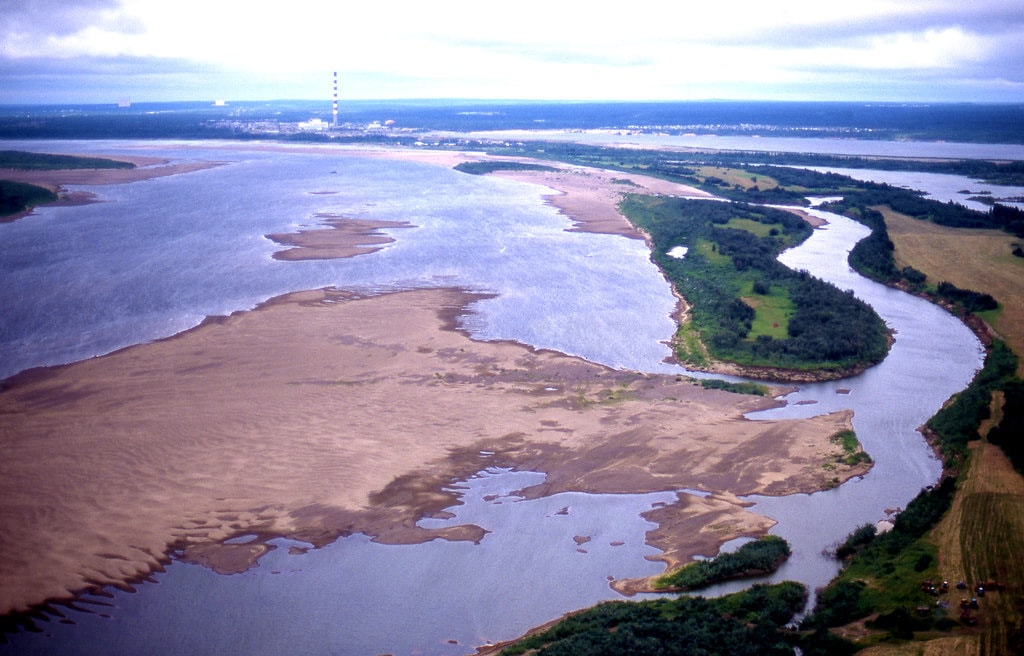
Perfect for wilderness lovers, the Pechora boasts unspoiled landscapes that host rare birds and wildlife. It’s a paradise for trekkers, bird watchers, and those yearning for a bit of isolation. With few towns along its length, the Pechora allows travelers to immerse themselves in nature’s raw beauty.
7. The Kama River (1,805 km) – Volga’s Loyal Companion
While often considered a tributary to the mighty Volga, the Kama River is a significant river in its own right. Spanning 1,805 kilometers, it flows through the Ural Mountains and central Russia, contributing greatly to the Volga’s volume and ecosystem.
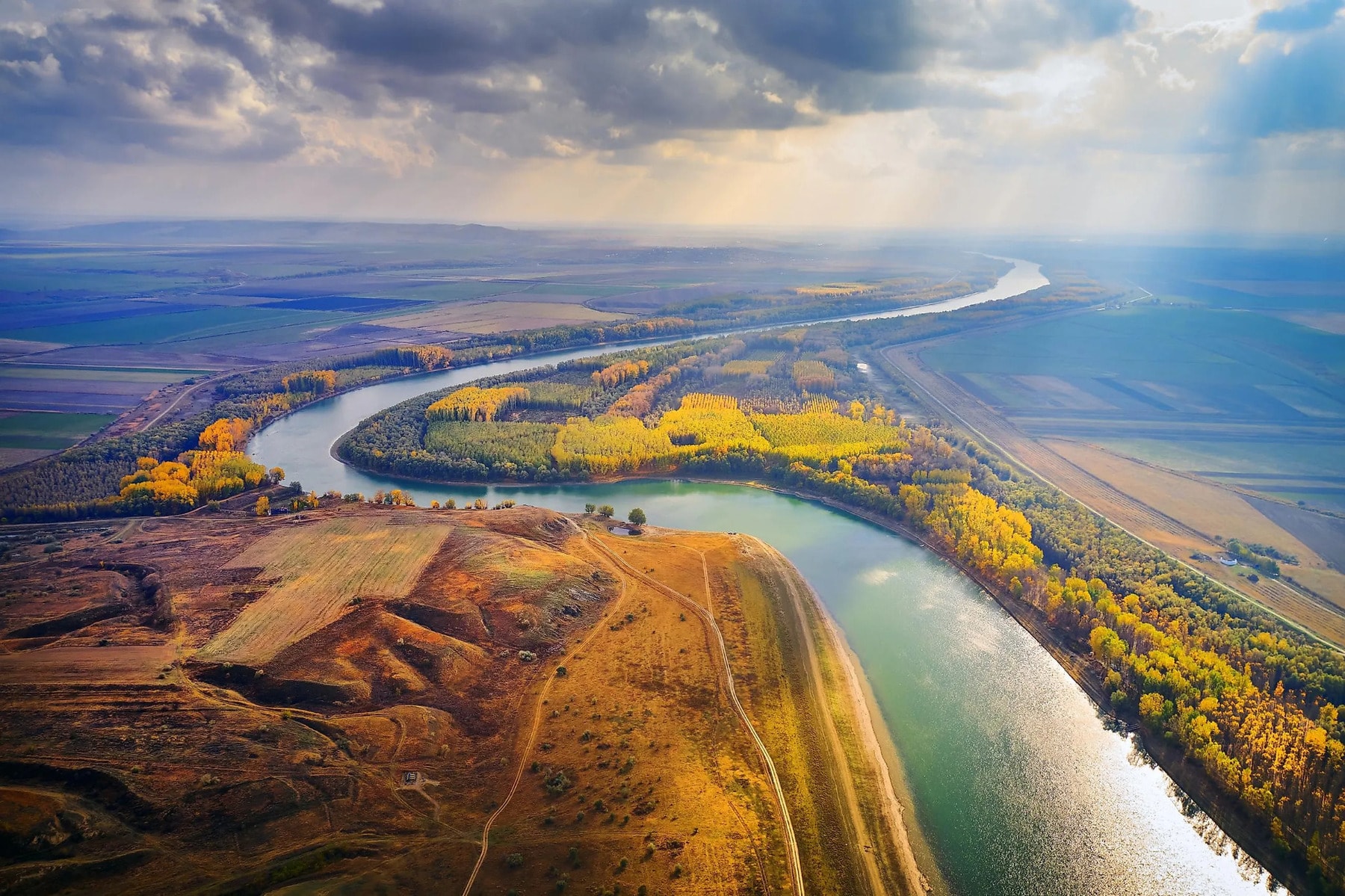
TravelersNetwork recommends taking a detour from a Volga cruise to explore the Kama region, where visitors will find vibrant cities like Perm and ancient monasteries nestled in forests. The Kama adds a layer of cultural richness and scenic diversity to any Volga journey.
8. The Oka River (1,500 km) – Russia’s Central Artery
The Oka River stretches 1,500 kilometers and is an essential tributary of the Volga, passing through central Russia and major cities like Moscow. Known for its calm waters and scenic banks, the Oka offers a gentler, less commercialized river experience.
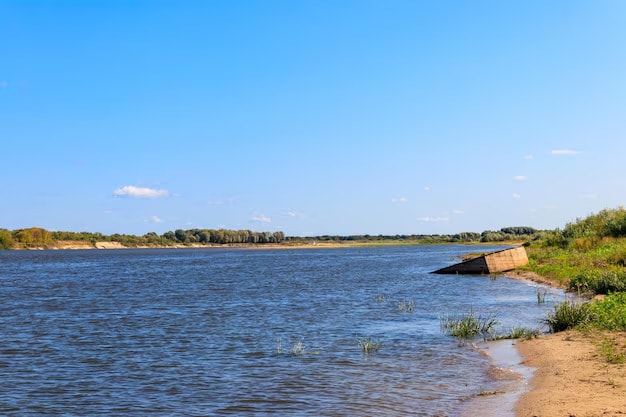
It’s popular among locals for weekend getaways, and you’ll find plenty of kayaking and camping spots along its length. With ancient fortresses and tranquil riverside villages, the Oka is a haven for those looking to explore Russia’s hidden historical gems.
9. The Dniester River (1,362 km) – The Gem of Moldova and Ukraine
The Dniester River flows for 1,362 kilometers, snaking through Ukraine and forming the natural border between Moldova and Ukraine. This river isn’t just a scenic masterpiece; it’s also essential to the economies of both countries.
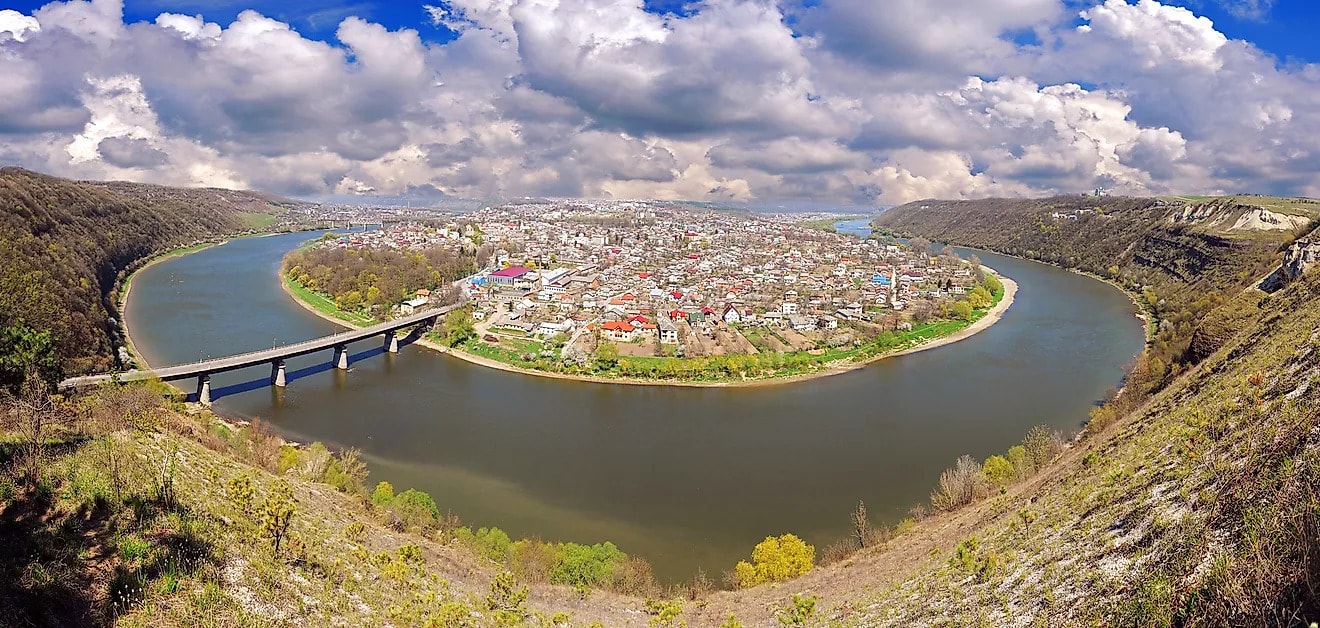
Visitors to the Dniester can explore the stunning Dniester Canyon, which boasts dramatic cliffs and pristine natural beauty. For adventurous travelers, rafting, hiking, and exploring historic fortresses along the river’s banks create memories to last a lifetime.
10. The Rhine River (1,236 km) – A Symphony of History and Scenery
Finally, the Rhine River is one of Europe’s most storied rivers, flowing 1,236 kilometers from the Swiss Alps to the North Sea. Known for its romantic landscapes, the Rhine is home to medieval castles, terraced vineyards, and fairy-tale villages.
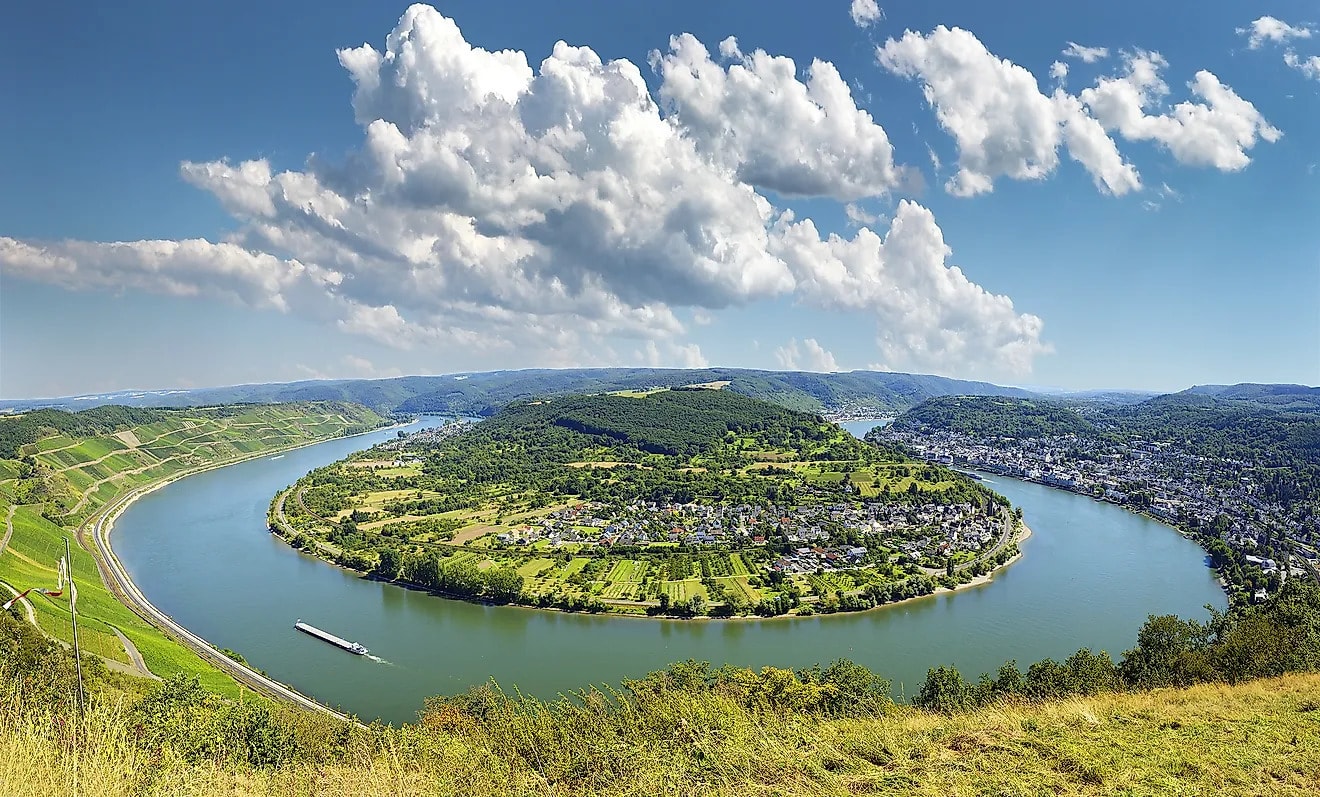
TravelersNetwork highly recommends a Rhine river cruise to experience the quintessential European charm. Highlights include Germany’s Rhine Gorge, a UNESCO World Heritage site, and cities like Cologne with its magnificent cathedral. The Rhine has inspired artists, poets, and musicians for centuries, making it a journey of both visual and cultural delight.
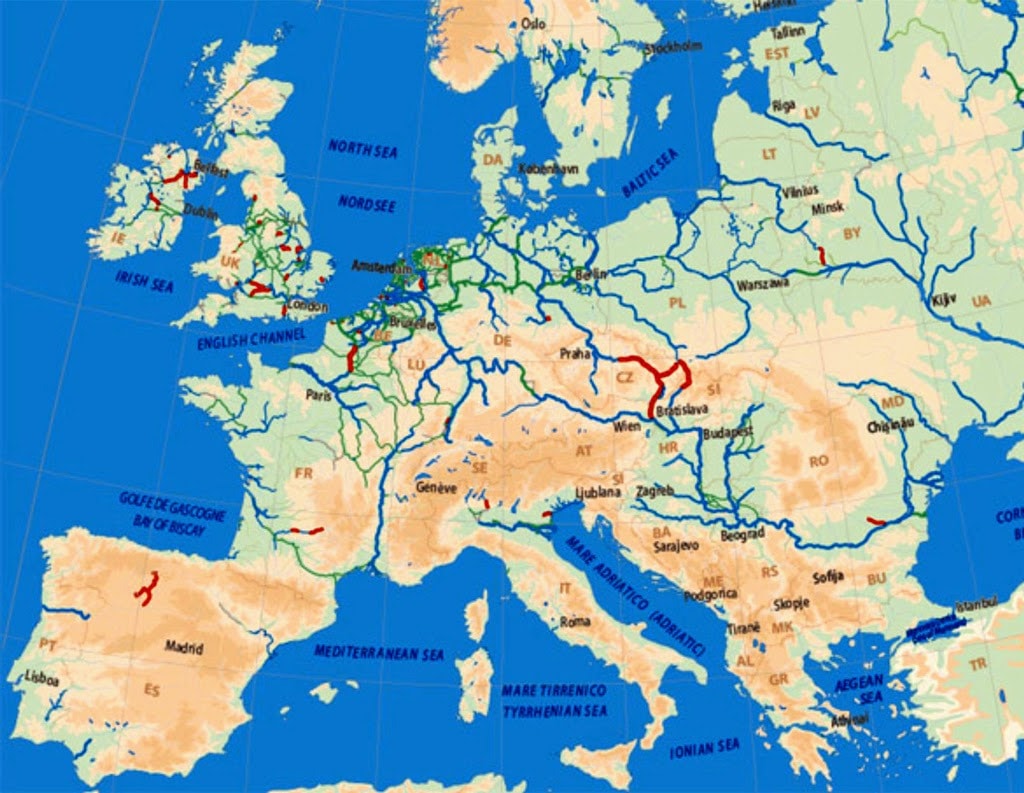
Each of these rivers holds its own distinct charm and story, inviting you to explore Europe’s rich natural and cultural landscapes from a fresh perspective. So whether you’re a seasoned river cruiser or a first-time explorer, remember that these rivers are the lifelines of Europe. They’re the hidden threads that connect its cities, cultures, and natural wonders.
TravelersNetwork believes that discovering a river is like meeting the soul of a place – a meeting that leaves you richer, wiser, and inspired for more journeys. Grab your map, and let Europe’s rivers be your guide!

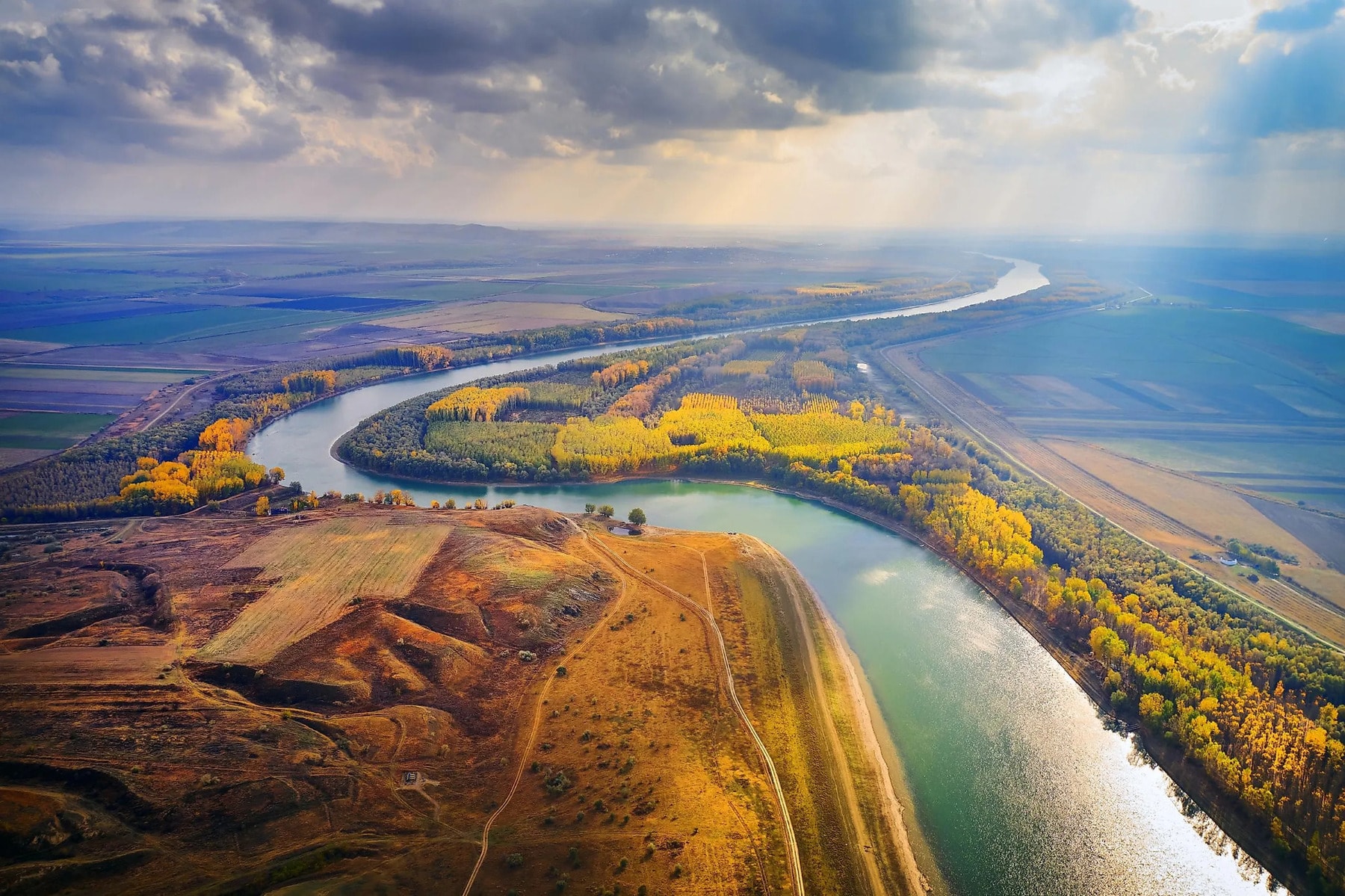



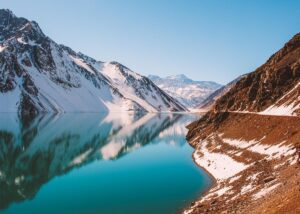
Leave a Reply